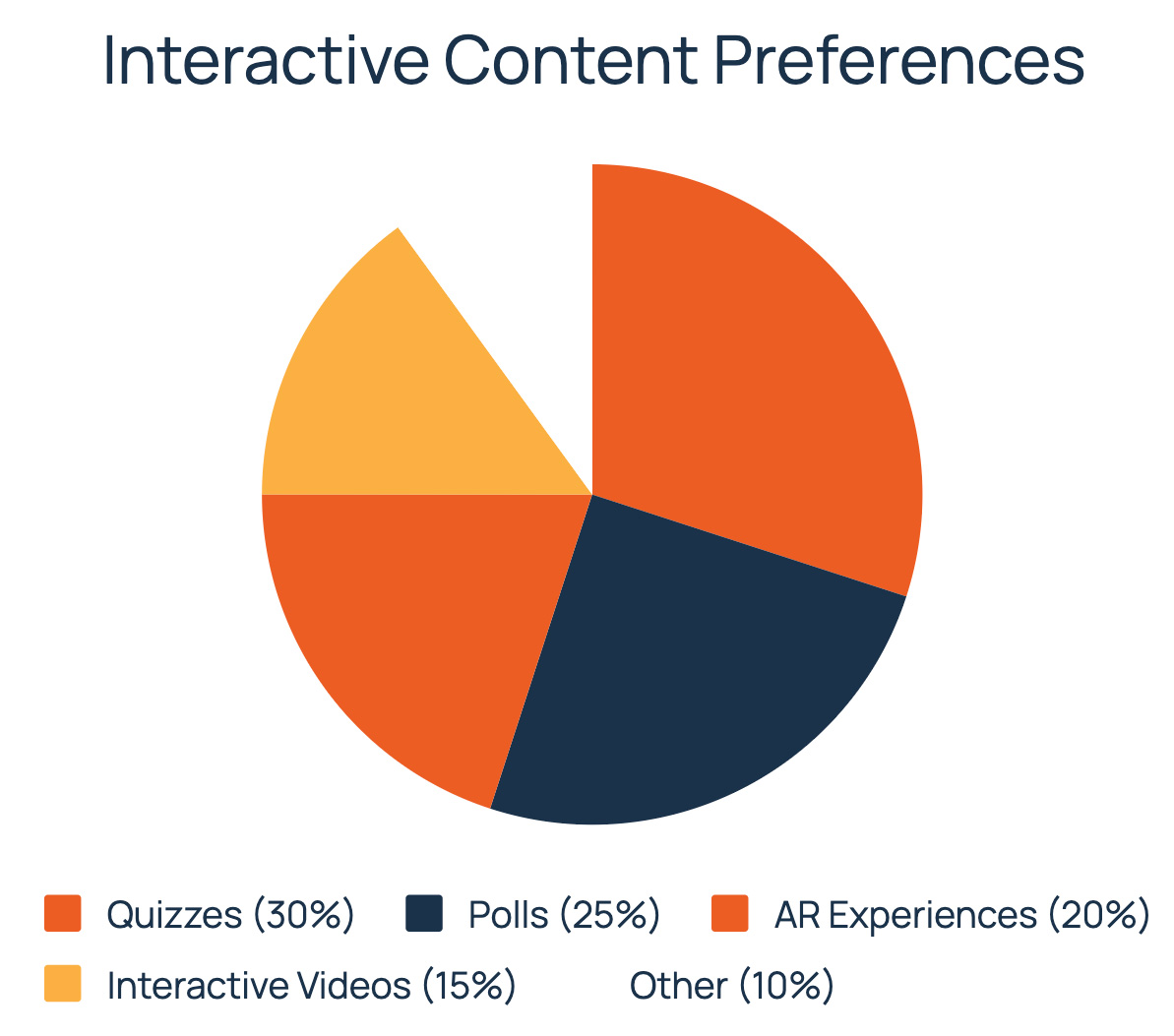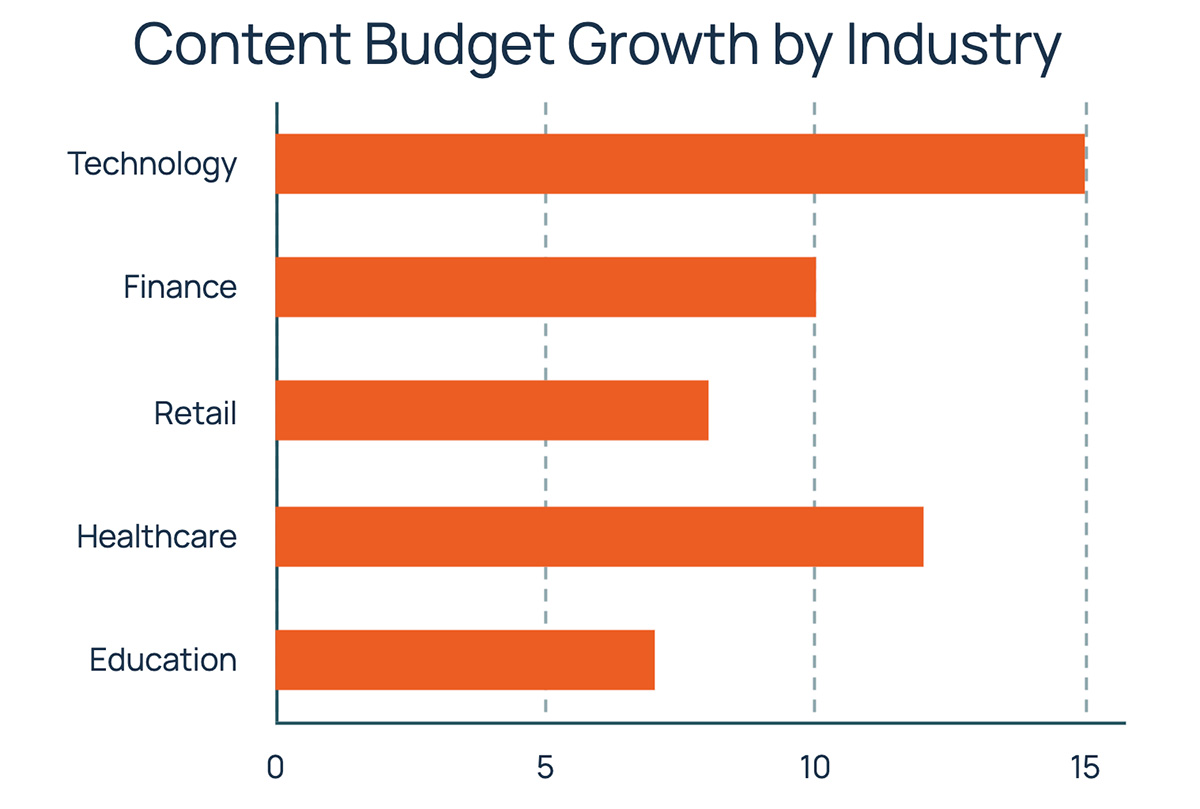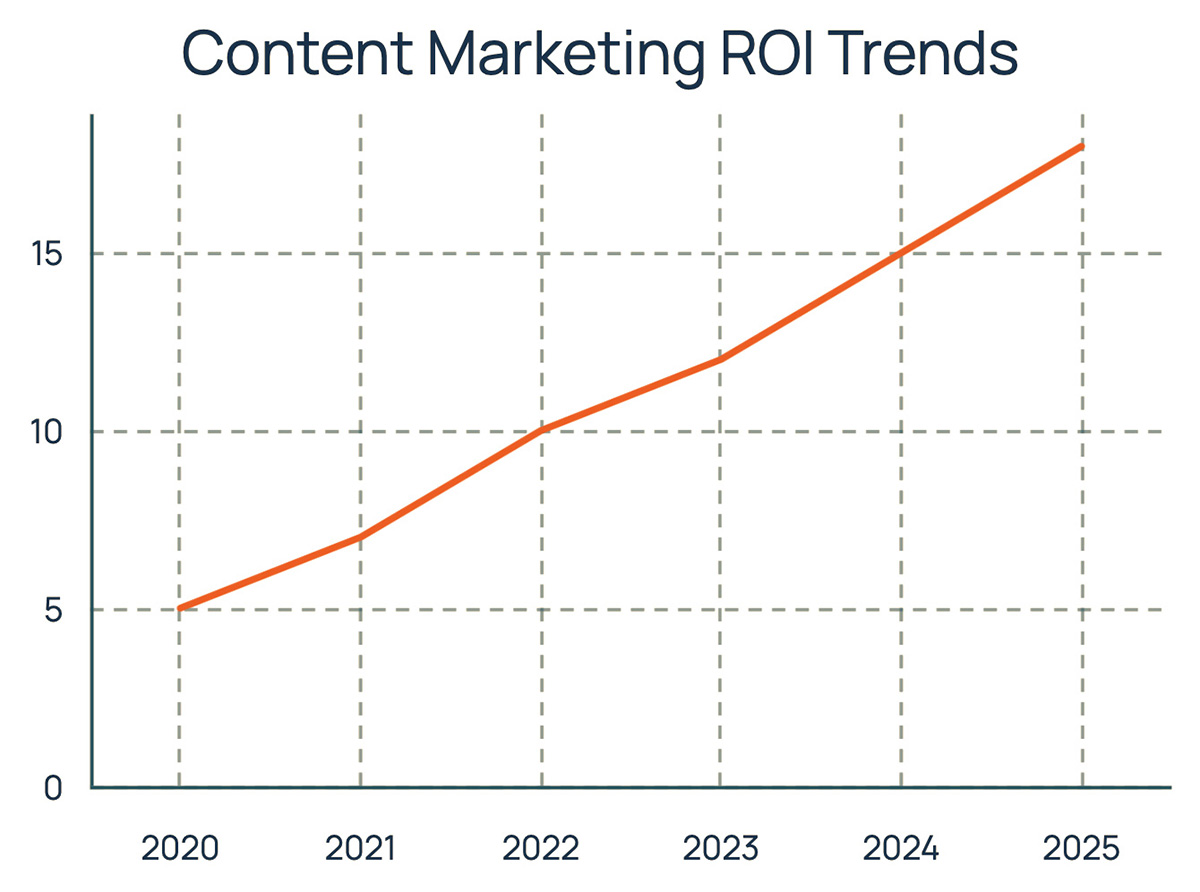
Optimizing Your Content Creation Costs
Optimizing Your Content Creation Costs
In the digital age, content is king. But like any kingdom, it requires a treasury. How do you ensure your content creation efforts aren’t draining your resources without delivering a royal return? Many businesses struggle to balance quality content with budget constraints, leading to either underinvestment or wasteful spending. This guide will help you understand how to optimize your content creation costs, ensuring you get the most impact for your investment.
Understanding Your Content Needs
Just as a marketing budget requires a clear understanding of campaign goals, content creation requires a deep dive into your content needs.
- What are your goals? Are you aiming for brand awareness, lead generation, or customer retention? Each goal dictates different content types and frequencies.
- Who is your audience? Understanding your audience’s preferences will help you determine the most effective content formats and platforms. For example, data shows that interactive content like quizzes and polls are highly engaging, with quizzes being the most preferred type at 30% and polls following closely at 25%.
- What content do you already have? An audit of your existing content can reveal gaps and opportunities for repurposing.
Breaking Down Content Creation Costs
Content creation costs aren’t just about writing. They encompass a range of expenses.
- Content Creation Labor: This includes writers, editors, graphic designers, and videographers.
- Tools and Software: Subscriptions to writing tools, design software, and video editing platforms. This can also include AI-powered tools, which are being increasingly adopted in content marketing, with projections showing nearly 60% adoption by 2025.
- Content Distribution: Costs associated with promoting your content through social media, email, and paid advertising.
- Content Management: Expenses related to organizing, storing, and updating your content.
Creating a Content Cost Plan
A well-defined plan is crucial for managing your content creation costs.
- Set Clear Objectives: Define specific, measurable, achievable, relevant, and time-bound (SMART) goals for your content.
- Allocate Resources: Determine how much budget to allocate to each content type and platform. Consider industry trends when allocating resources, as content budget growth varies across sectors. For example, the technology industry currently shows the highest growth in content budgets, approaching 15%.
- Prioritize Content: Focus on high-impact content that aligns with your goals and audience preferences. Personalized content is key, as conversion rates for personalized experiences are expected to reach around 35% by 2025.
- Track and Analyze: Monitor your content’s performance and adjust your plan as needed.
Strategies for Cost Optimization
Here are some strategies to help you optimize your content creation costs.
- Repurpose Existing Content: Turn blog posts into infographics, videos, or social media snippets.
- Leverage User-Generated Content: Encourage your audience to create content for you.
- Use Freelancers Strategically: Hire freelancers for specific tasks or projects, rather than full-time employees.
- Invest in Content Templates: Create reusable templates for blog posts, social media graphics, and email newsletters.
- Automate Content Distribution: Use tools to schedule and automate your social media posts and email campaigns.
Measuring Your ROI
It’s essential to measure the return on investment (ROI) of your content creation efforts.
- Track Key Metrics: Monitor website traffic, social media engagement, lead generation, and sales.
- Use Analytics Tools: Utilize tools like Google Analytics to track your content’s performance.
- Calculate Cost Per Acquisition (CPA): Determine how much it costs to acquire a new customer through your content.
- A/B Test Your Content: Experiment with different content formats and messages to see what resonates best with your audience.
Conclusion
Optimizing your content creation costs is an ongoing process. By understanding your needs, breaking down your expenses, and implementing cost-effective strategies, you can maximize the impact of your content without breaking the bank. Remember to continuously track and analyze your results to ensure you’re getting the best possible ROI, especially as content marketing ROI is projected to approach 17% by 2025.
Ready to make AI data-driven decisions for your brand?
Creatives can help!
Our team of AI-powered digital marketing experts can guide you in harnessing the power of data to achieve your marketing goals.
Schedule a consultation to learn how our AI-powered solutions can drive growth.






